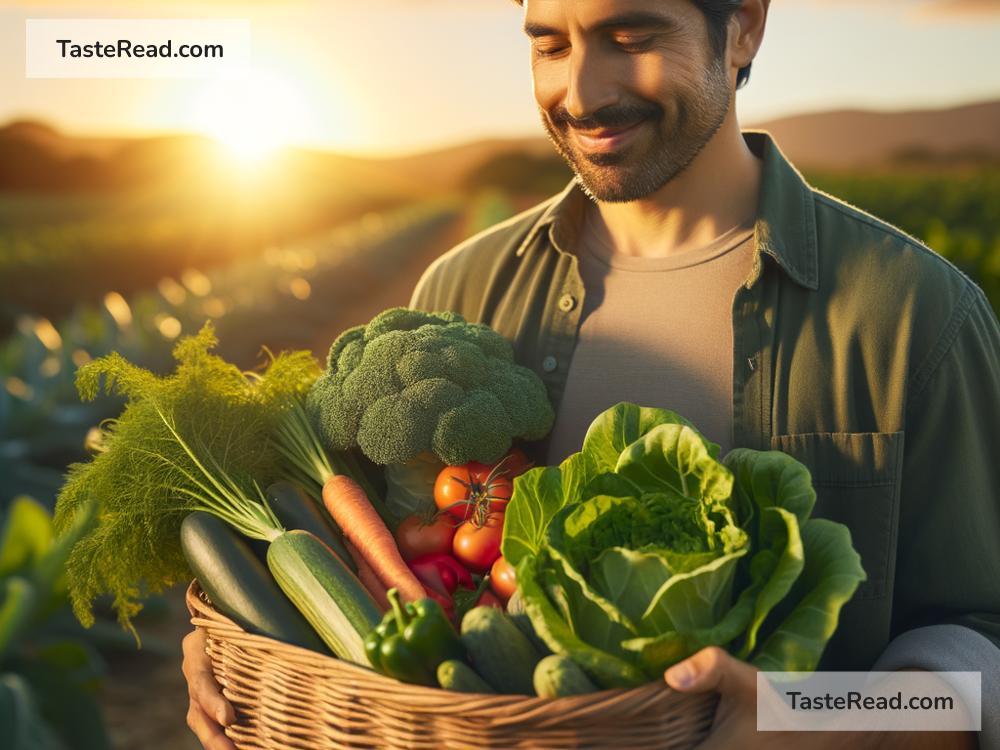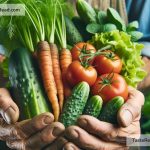How to Source Low-Impact Ingredients from Sustainable Farms
In today’s world, where the planet’s health is everyone’s responsibility, sourcing ingredients from sustainable farms is more crucial than ever. But what does it mean to find ‘low-impact’ ingredients, and why go for them? Simply put, low-impact ingredients are those that are farmed and produced in ways that do the least harm to the earth. These methods can include using less water, avoiding harmful chemicals, and ensuring that farm workers are treated fairly. Below, we’ll explore how you can source these ingredients without losing your mind or breaking the bank.
1. Understand What Sustainability Means to You
The first step in this journey is defining what sustainability means to you. Does it mean organic farming practices, local sourcing to reduce carbon footprint, wildlife-friendly farming, or all of the above? Having a clear idea of your sustainability goals will point you in the right direction.
2. Start Local
One of the easiest ways to ensure your ingredients are low-impact is to source them locally. Local farms typically use fewer resources to get their products to you, reducing overall environmental cost. Visit your local farmer’s markets or join Community Supported Agriculture (CSA) programs. By doing this, not only are you supporting small businesses in your community, but you’re also likely to get fresher and more flavorful ingredients.
3. Go for Seasonal
Picking ingredients that are in season is another excellent method to keep things sustainable. Foods grown in their proper season require less artificial help to grow, such as fewer pesticides or not having to be shipped from distant locations where they are in season, both of which are good for the planet. Plus, seasonal foods are often more nutritious and taste better.
4. Dig Into Certifications
When venturing beyond local options, it’s helpful to look for certain certifications that indicate sustainability. Organic, Fair Trade, Rainforest Alliance, and LEED certifications are just a few examples that show an ingredient or product meets specific environmental and social standards. However, it’s essential to do a bit of homework on what each certification means to ensure it aligns with your sustainability goals.
5. Build Relationships with Farmers
Getting to know who grows your food can transform the way you shop. When you build relationships with farmers, you can ask questions about their farming practices directly. This firsthand information is invaluable and can often tell you more about the sustainability of their products than any label or certification.
6. Use Technology
There are various apps and websites designed to connect consumers directly to local and sustainable food sources. Platforms like LocalHarvest, Eat Well Guide, and Seasonal Food Guide are great places to start. They allow you to find local farmers’ markets, CSAs, and even specific produce that’s in season in your area.
7. Embrace Imperfect Produce
A considerable amount of food is wasted simply because it doesn’t meet the aesthetic standards of groceries. Many farms now offer ‘ugly’ produce at a discounted rate, which is just as good in terms of nutrition and flavor. By purchasing these, you’re not only getting a bargain but also helping to reduce food waste.
8. Grow Your Own
While not everyone has the space or time for a full-blown garden, growing some of your own ingredients can be surprisingly doable and deeply rewarding. Even a small balcony or windowsill can host a few pots of herbs, tomatoes, or peppers. This is possibly the most sustainable way to source ingredients as it reduces transportation to virtually zero and ensures you know exactly how your food was produced.
Conclusion
Sourcing low-impact ingredients may seem daunting at first, but it’s entirely feasible with a bit of planning and effort. Not only does this practice reduce your environmental footprint, but it also often leads to tastier, healthier meals and a stronger connection with your food and where it comes from. By defining what sustainability means to you, starting local, going for seasonal, understanding certifications, building relationships with farmers, using technology, embracing imperfect produce, and maybe even growing your own, you’re taking significant steps towards a more sustainable world, one ingredient at a time.


